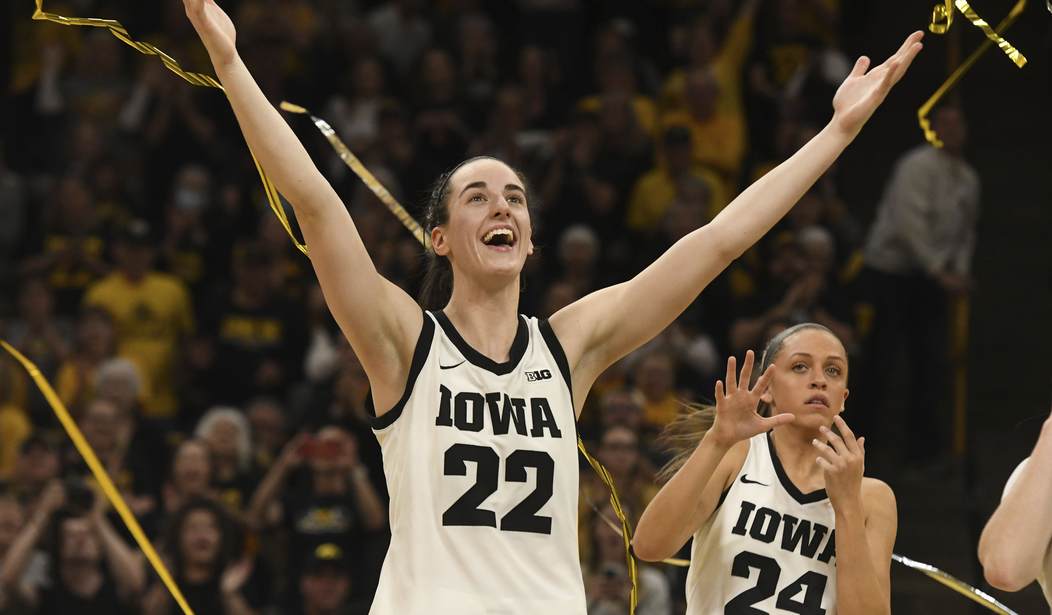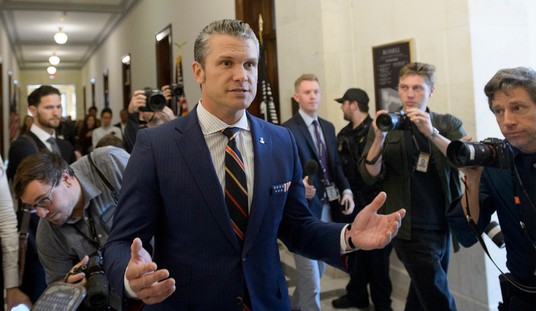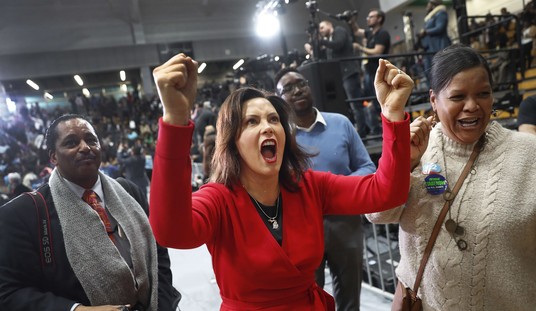In news with all the surprise factor of a Squad member saying something inane, the Indiana Fever has made Iowa point guard Caitlin Clark the No. 1 pick in this year’s WNBA draft. In addition to being the first pick this year, Clark is the first No.1 pick in WNBA history any non-diehard WNBA fan — yes, they do exist — can name.
Clark is that rarest of rare sports figures, one that transcends his or her sport and lands in the realm of cultural phenomena. Previous No. 1 picks were doubtless skilled and capable players, but they didn’t rate an appearance on Saturday Night Live.
Ironically, Michael Che’s highlighted jokes regarding women’s sports in general and the WNBA in particular have more than a bit of truth woven in their content. In the overall sports fans mentality, aside from an Olympics-fueled interest in gymnastics or figure skating, there is sparse interest in women’s sports, let alone team sports. No matter how much ESPN or variations thereof attempt to extol their virtue, you cannot force sports fans to care about that which has less physicality than the same game played by men when physicality is a massive element of any given sport’s appeal.
And then Caitlin Clark comes along.
Clark’s gift isn’t rooted in attempting to play basketball like a man by pounding the ball inside. Instead, her style relies on deadly long-range shooting skill and a deft touch at passing and play-setting. Clark’s game takes after the model exemplified by Steph Curry, a player who has won four NBA championships - except she is an even better ball-handler.
Clark has captured the attention of girls who otherwise couldn’t care less about basketball by demonstrating it is possible to play the game without relying on rim-rocking rock’em-sock’em action in the paint. There is movement, flow, and involvement in her game, not four teammates standing around watching the team’s star hog the ball while driving the lane. Clark embodies basketball as a team sport that is fun to play for everyone.
In 2024 college basketball, the women’s championship game drew more TV viewers — 5.1M, to be precise — than the men’s. One can argue that the women’s game enjoyed an advantage in being on a terrestrial broadcast network (ABC) while cable-only channels (TBS and TNT) carried the men’s contest. However, mitigating this is how the men’s game took place during prime time on Monday night while the women’s game was on a Sunday afternoon.
While some existing WNBA players are trying to cop the “we’ll school the kid” mucha macha shtick, knowing full well if they so much as breathe on Clark they’ll draw a flagrant foul call, they also hopefully know any potential increase in their paycheck rides solely on Clark’s shoulders.
Example? The Las Vegas Aces, defending WNBA champions, have moved their game in July against the Fever from their usual home arena (seating capacity 12,000) to where the Vegas Golden Knights play (seating capacity 18,000 for basketball), and not because it has better air conditioning.
By the way, the game is sold out.
It is fitting that Clark, a Midwestern young woman through and through, will be playing in not only the Midwest but basketball-mad Indiana. Her game should translate well to the WNBA, a league in which she is already the biggest star without having played a single minute. Clark has already amply demonstrated she can handle the spotlight, and watching her ply her trade in the WNBA may well finally turn the league into something people watch because they want to, not because supposed betters attempt to scold them into doing so.














Join the conversation as a VIP Member